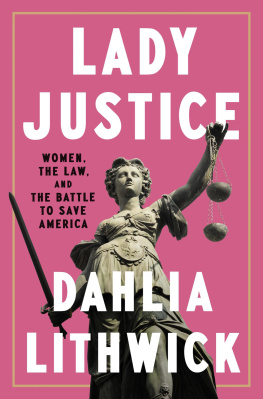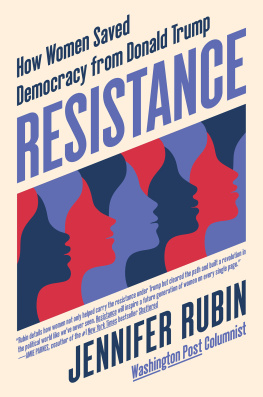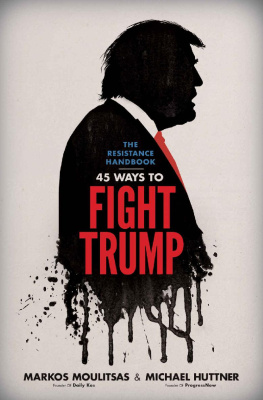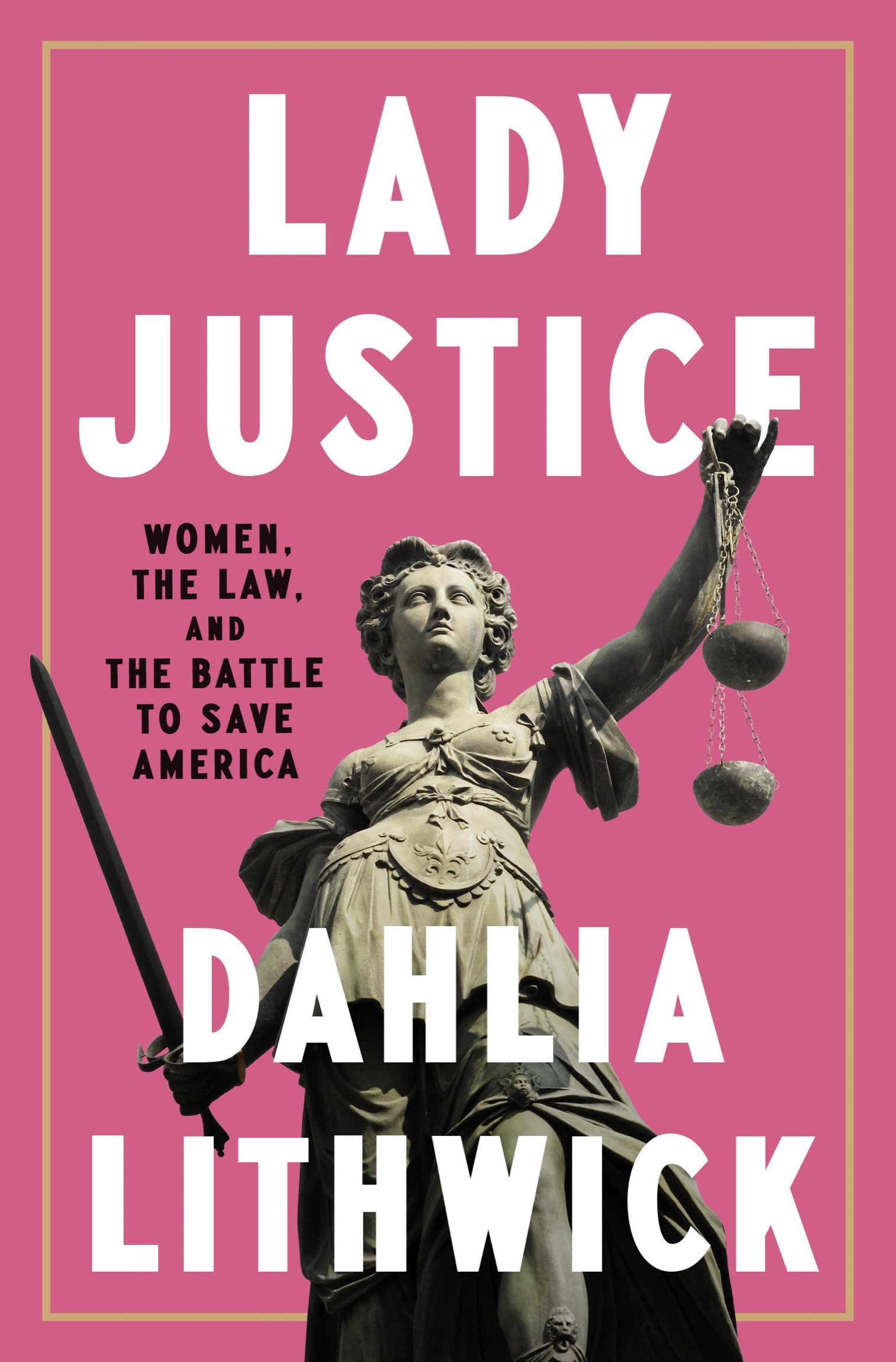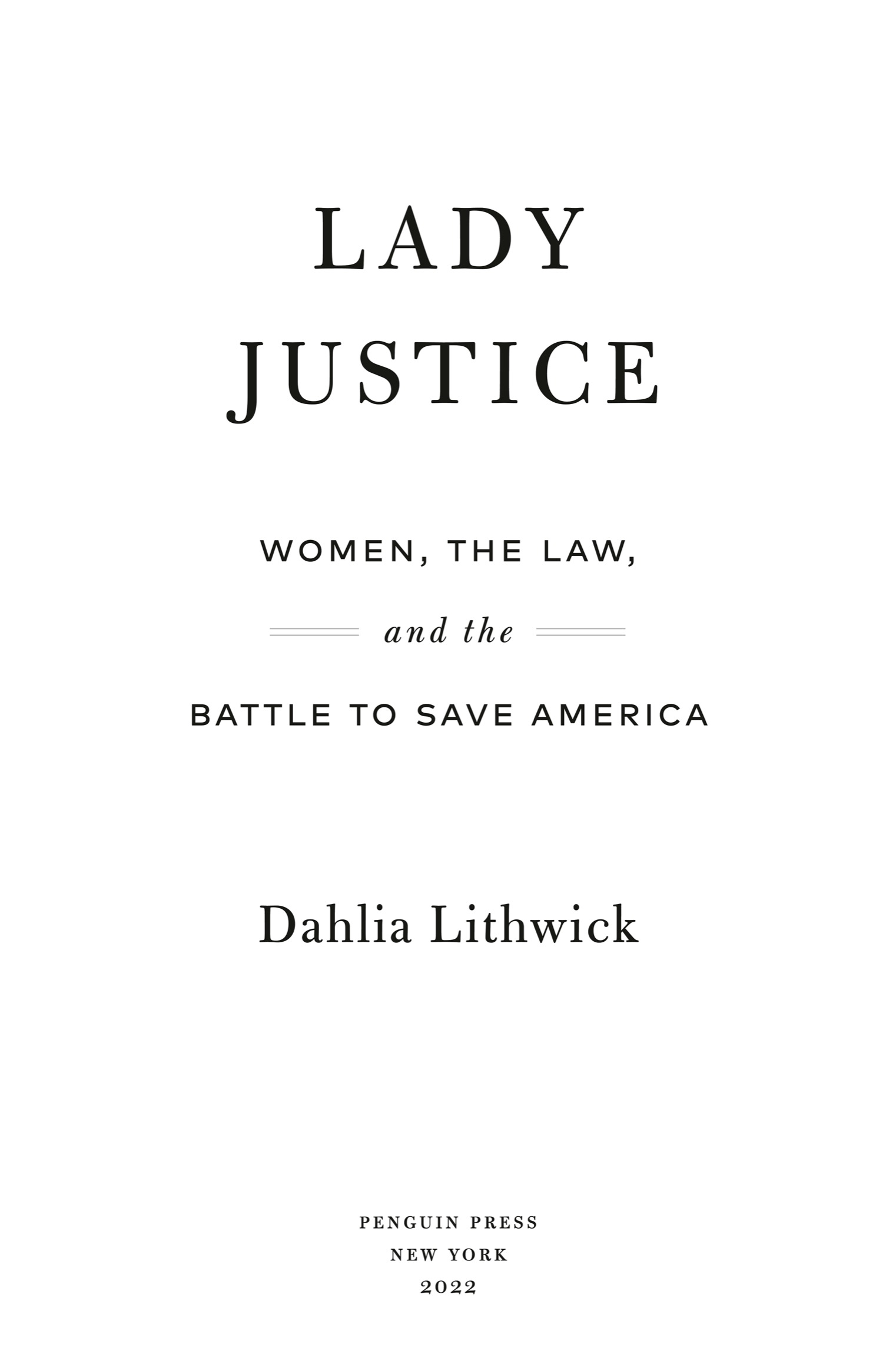INTRODUCTION
Freedom is a dream
Haunting as amber wine
Or worlds remembered out of time.
Not Edens gate, but freedom
Lures us down a trail of skulls
Where men forever crush the dreamers
Never the dream.
pauli murray, Dark Testament
Im not sure if my involvement in causes, benefits, marches, and demonstrations has made a huge difference, but I know one thing: that involvement has connected me with the good people: people with the live hearts, the live eyes, the live heads.
pete seeger
I sometimes think of the Supreme Court oral arguments in Whole Womans Health v. Hellerstedt on March 2, 2016, as the last truly great day for women and the legal system in America. There are, to be sure, many such glorious moments to choose from, both before and after Trump, but as a professional court-watcher, I had a front-row seat to this story, one that offered a sense that women in the United States had achieved some milestone that would never be reversed. The landmark abortion challenge represented the first time in American history that a historic abortion case was being heard by a Supreme Court with three female justices. Twenty-four years earlier, when the next momentous abortion casePlanned Parenthood v. Caseyhad come before the Supreme Court, only one woman, Sandra Day OConnor, sat on the bench. Go back a bit further and Roe v. Wade, the pathbreaking 1973 case that created a constitutional right to terminate a pregnancy, was argued before and decided by nine men and zero women. And when Griswold v. Connecticut, the lawsuit protecting the rights of married couples to buy and use birth control, was argued at the high court back in 1965, that bench comprised nine males so uneasy with the topic of contraception that at oral arguments nobody was brave enough even to name the birth control device being litigated. (As a result, the entire transcript from Griswold, argued fifty-one years before Whole Womans Health, reads like an Abbott and Costello Whos on First sketch.) From that long-ago argument one may easily derive a general constitutional precept that nobodynot even well-meaning progressive male jurists and legislatorsshould be in the business of regulating birth control devices they are too freaked out to name.
Buried in that story is the truth about how legal decisions involving women, their salaries, their bodies, their educations, custody of their children, and their votes have been framed in American courtrooms until very recently: by husbands and fathers with good intentions and staggeringly low information. We lucked out. We got contraception and access to military schools, the right to our own credit cards, and all sorts of equal rights over the years. But it all felt different in 2016. Women now made up 50 percent of the law school population; they were partners at law firms, members of Congress, judges, professors, and three of them sat, with lifetime tenure, on the highest court in the land. Generations of women who had played by the rules, and changed American institutions and government, were poised to be a part of a genuinely equal polity. Sure, there were hiccups and setbacks. Although half of Americas law students and lawyers were women, women made up only one-third of attorneys in private practice, 21 percent of equity partners, and 12 percent of managing partners, chairs, or CEOs of law firms. Hmm. Weird. Less than 5 percent of CEOs of Fortune 500 companies were women. And women made up only about 24 percent of Congress, 18 percent of governors, 29 percent of state legislators. So, okay, it wasnt perfect. But it was progressing. Equal pay was around the corner, better child-care and leave policies were barreling toward us, and as arguments progressed in Whole Womans Health, it seemed distinctly possible that the last days of men telling women what to do with their freedom and their life choices and their family decisions, were dawning.
On that bright, freezing March morning, Ruth Bader Ginsburg, Sonia Sotomayor, and Elena Kagan tag-teamed their interrogation of Scott KellerTexass solicitor generalas he stutter-stepped through his justification of why, back in 2013, Texas had passed new requirements on clinics and physicians that would effectively close most abortion facilities and prevent women from terminating their pregnancies. These were onerous regulations. In rural areas, with clinics shuttered, women were forced to drive for days to access care. Whole swaths of Texas had no accessible clinics remaining at all. Poor women and women of color were hardest hit by the lack of facilities. They had to seek days off from work, sleep in their cars, return for repeat appointments. State lawmakers had argued that their sole interest in the new clinic laws was in protecting womens health, but womens well-being had declined catastrophically, and in court proceedings Texas could provide no evidence that improving health outcomes was the real reason for the regulations. Pressed on this question at oral argument, Solicitor General Keller could barely finish a sentence.

